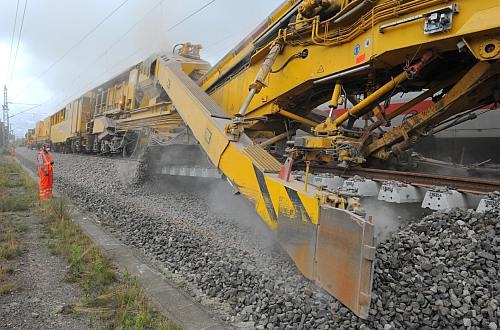Under a financing agreement concluded last month, the federal government will contribute €20bn through the so-called Performance and Financing Agreement 2 (LuFV2) which will come from the federal budget and DB's dividend payments to the federal government.
DB will provide the remaining €8bn (equivalent to €1.6bn per year) from its own resources.
LuFV2 therefore provides a 22% increase in funding compared with LuFV1, which covered the period 2009-14.
"The increase in funding is essential to ensure high performance and future-proof our rail infrastructure," Kefer says. "This is the largest modernisation programme in the network's history. Such a large volume of work needs to be well-planned and we have been preparing for this since 2012."
Over the next four years DB plans to replace 17,000km of track and 8700 switches and crossings as part of the €12bn track programme, while €3bn is allocated to maintenance works on at least 875 bridges. €4bn will be spent on signalling and train control and €1bn is allocated to tunnel refurbishment works.
Infrastructure spending will increase from around €4.6bn this year to €5.3bn in 2015 and DB Networks plans to renewal 3800km of track, 2000 switches and crossings, 2.5 million sleepers, and around 4 million tonnes of ballast.
Key projects for 2015 include:
- Major renewals on the Berlin S-Bahn North-South Line between January and May
- Track renewals on the Hannover – Göttingen high-speed line, with long-distance services diverted via the conventional line during May
- Track renewals on 44km of the Cologne – Frankfurt high-speed line, requiring four weekend closures between mid-April and mid-May
- Renewal of 22km of track on the Cologne – Aachen line, including the remodelling of Langerwehe station and 35km of renewals between Hennef and Au on the Cologne – Siegen line
- Substructure renewals on a 10km stretch of the Nuremberg – Ansbach line between Rosstal and Wicklesgreuth, and
Upgrading of the Ingolstadt – Munich line for 200km/h operation.

